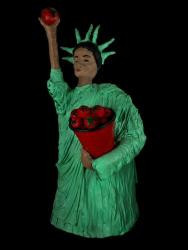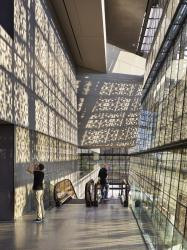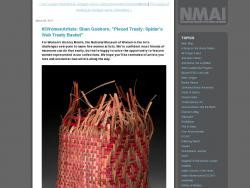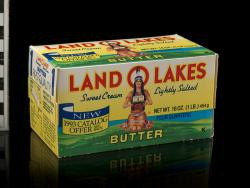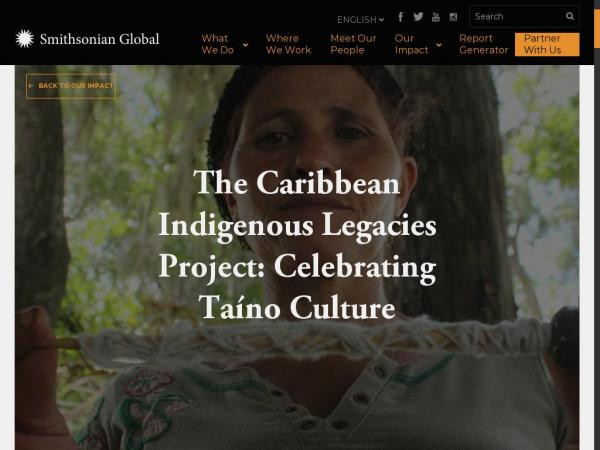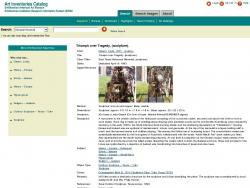Philippa Rappoport
I work in education and engagement, teacher professional development, and outreach at the Smithsonian Office of Educational Technology (OET), and have a particular interest in developing and producing trainings, programs, teaching techniques, and platforms that foster deep learning and contribute knowledge to improve practices in museum and preK-16 education and engagement. At OET over the last decade+, I created digital assets for schools, families, and new immigrant English Language learners to complement teacher professional development and pan-Smithsonian programming, including Learning Lab teaching collections, YouTube videos with tradition bearers, a handmade family stories book-making website, and online heritage tours.
Philippa Rappoport's collections
Digital Museum Resources for the High School Ethnic Studies Classroom (Irving Arts Center )
 Philippa Rappoport
Philippa Rappoport
Down These Mean Streets: Community and Place in Urban Photography
 Philippa Rappoport
Philippa Rappoport
Classroom Activity Using Images of Immigration and Identity from the National Portrait Gallery, the New York Times, and the Smithsonian American Art Museum
 Philippa Rappoport
Philippa Rappoport
Learning Lab Teaching Collection for Frost Art Museum Workshop using Luis Cruz Azaceta's "Shifting States: Iraq"
 Philippa Rappoport
Philippa Rappoport
Learning Lab Training Collection on the Theme "The Search for an American Identity"
 Philippa Rappoport
Philippa Rappoport
Culture and Aesthetics Meet Physics: Why Soviet and American Spacesuits Look Different
 Philippa Rappoport
Philippa Rappoport
Irish Music
 Philippa Rappoport
Philippa Rappoport
"We the People": Flash Card Activity and Template
 Philippa Rappoport
Philippa Rappoport
Exploring the Cultural Markers of Identity
 Philippa Rappoport
Philippa Rappoport
The Smithsonian's Caribbean Indigenous Legacies Project: Celebrating Taíno Culture
 Philippa Rappoport
Philippa Rappoport
Origami Cranes: Activity and Background Information
 Philippa Rappoport
Philippa Rappoport
Student Activity: Looking at the Holocaust through Art
 Philippa Rappoport
Philippa Rappoport





